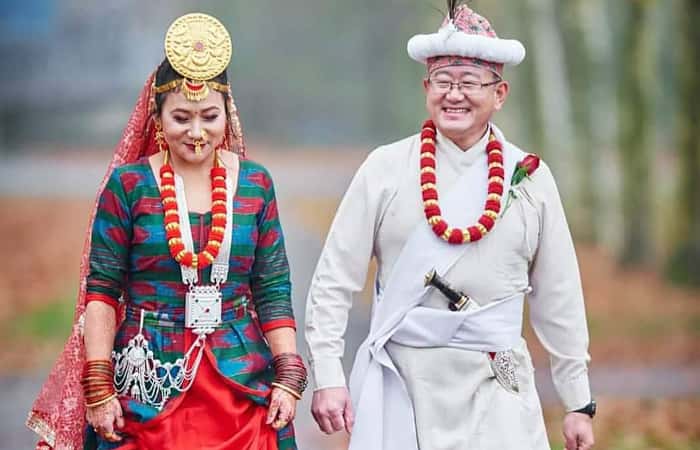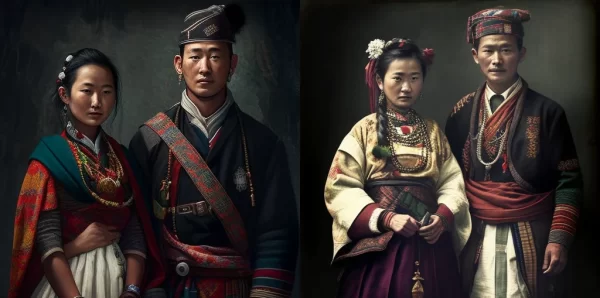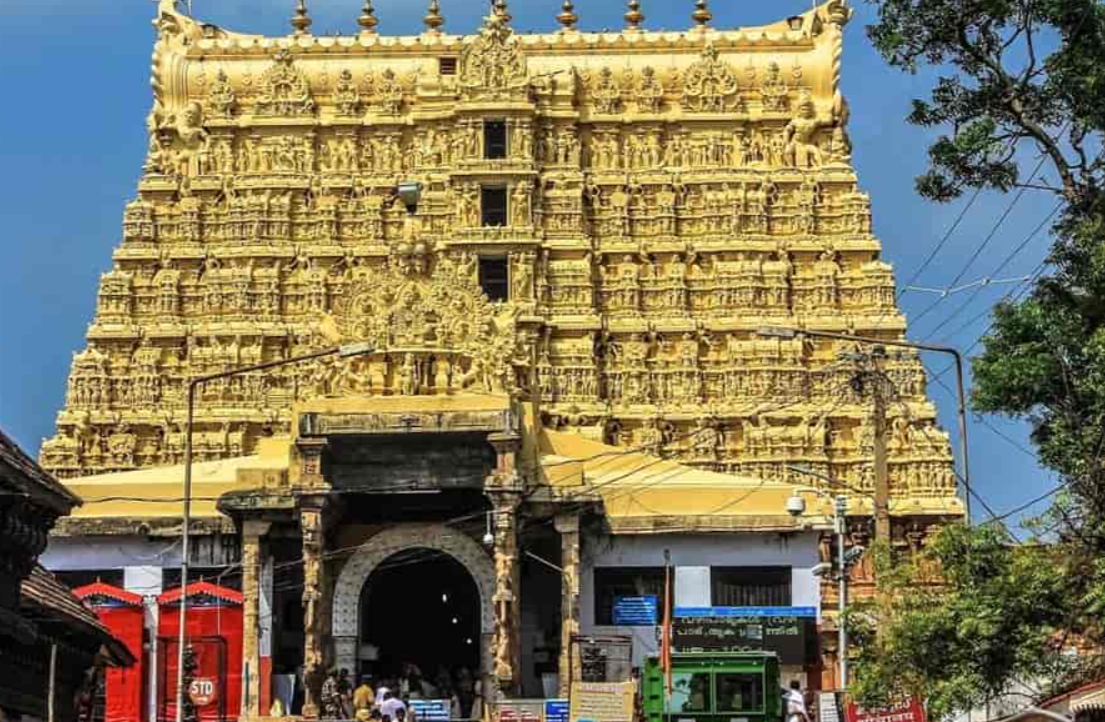Sikkim, known for its serene rivers, breathtaking landscapes, captivating dance forms, and delectable cuisine, is equally renowned for its traditional dress. The traditional dress of Sikkim is a testament to the state’s rich cultural heritage and diversity. In this article, we’ll explore the various traditional outfits worn by both men and women in Sikkim, reflecting the unique cultural tapestry of the region.
Traditional Dress of Sikkim: A Cultural Exploration

In Sikkim, traditional clothing is often categorized by tribal affiliation, each with its distinct attire:
Bhutia Tribal Dress
The Bhutia people wear the Bakhu, a traditional garment similar to the Tibetan chuba. This loose-fitting cloth is wrapped around the neck and waist, secured with a silk or cotton belt. Bhutia women complement the Bakhu with a silk blouse called Honju and a jacket known as Kushen. Recently, modern variations include pairing the Bakhu with jeans.
Lepcha Tribal Dress
Lepcha men don a colorful, striped waistcoat called Dumpraa, which is fastened on the shoulder and secured with a waistband known as Gyatomu. This attire is paired with ankle-length trousers and white shirts, completed by a traditional cap called Sumok Thyaktuk. Lepcha women wear ankle-length dresses known as Dumden, paired with a loose-fitting blouse called tago, and a waistband called Naamrek to keep the blouse in place. The look is accentuated with a traditional cap called Gorey.
Nepalese Tribal Dress
With around 80% of Sikkim’s population being Nepalese, their traditional dress is quite prominent. Nepalese men wear the Daura, a broad knee-length coat paired with Suruwal, loose trousers. Their attire is complemented by a waistcoat known as Askot, a Dhaki topi (cap), and a belt called patauki. Women typically wear a Pharia, similar to a saree, in vibrant colors like yellow or red, paired with a chaubandi cholo, a loosely fitted top with long sleeves. Alternatively, they might choose a Hembari, a large floral-printed cloth. Their look is completed with a Majetro shawl, Pacheuri headgear, and a Khukri weapon carried in a leather case called Daab.
Thokro-Dum
A key outfit of the Lepcha community is the Thokro-Dum, which consists of a long white pyjama up to the calves, similar to karate attire. This is worn with a Lepa shirt, Yenthatse and Shambo, and an embroidered cap. The short length of the pyjama reflects the Lepchas’ origin from marshy lands, and its rugged material is suited for fieldwork.
Traditional Wedding Attire of Sikkim

Sikkim’s traditional wedding attire exudes royalty and elegance. Brides and grooms both wear a traditional Bakhu made from high-quality silk. Men complete their look with loose trousers, stylish leather shoes, and a silky turban known as Topi. Women, on the other hand, don a vibrant Kho, a full-length silk garment adorned with intricate designs, paired with a Pangden apron. The bride’s headgear, called Pangkham, features large, colorful scarves that enhance the overall look.
Traditional Jewelry Worn by Sikkimese Women
- Bhutia Jewelry: Bhutia women adorn themselves with Joko (rings), Phiru (pearl jewelry), Yencho (earrings), Diu (gold bangles), Khalli (anklets), and Khao (thick anklets), with a preference for pure gold.
- Nepalese Jewelry: Nepalese women typically wear Sir-Bandi (bejeweled tiaras), Kantha (necklaces), Naugeri (pearl necklaces), and Charanihari (necklaces), which beautifully complement their traditional attire.
- Lepcha Jewelry: Lepcha women wear Lyak (necklaces), Namchok (earrings), and Gyar (necklaces), often paired with small bracelets. Gold and silver are the primary metals used in their jewelry.
Conclusion
The traditional dress of Sikkim represents a rich blend of comfort, diversity, and cultural significance. Each tribal community within Sikkim has its own unique attire that reflects its identity and heritage. From the majestic Bakhu to the vibrant Pharia, every garment tells a story of the region’s cultural richness. The traditional wedding outfits, adorned with elaborate designs and precious metals, further highlight the elegance and cultural depth of Sikkimese traditions. Ultimately, the traditional dress of Sikkim is more than just clothing; it is a window into the soul of its people and their enduring cultural traditions.



